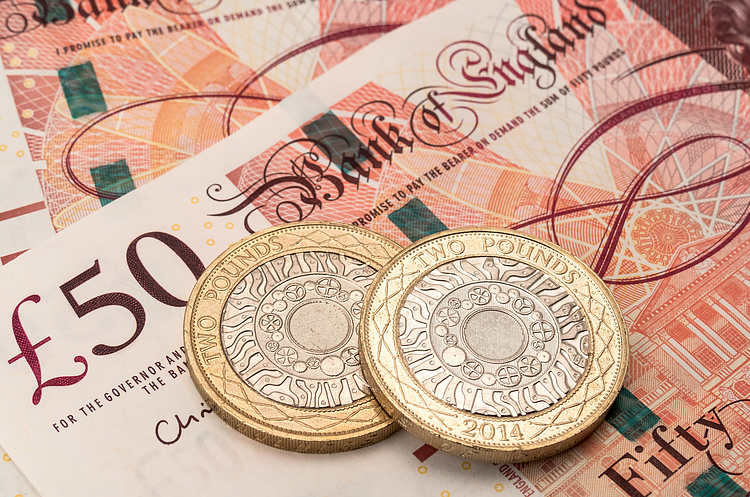- GBP/USD gains positive traction for the fourth successive day on Tuesday.
- Dovish Fed expectations undermine the USD and lend support to the pair.
- Traders now look to UK jobs data for some impetus ahead of the US PPI.
The GBP/USD pair attracts some dip-buyers during the Asian session on Tuesday and climbs to a fresh daily peak, around the 1.2775-1.2780 region in the last hour. Spot prices, however, remain confined in the previous day’s broader trading range as traders keenly await important macro data from the UK and the US before placing fresh directional bets.
The monthly UK employment report and the US Producer Price Index (PPI) will be published later today, which will be followed by the latest consumer inflation figures from the UK and the US on Wednesday. This, along with the release of the Preliminary UK Q2 GDP on Thursday, will play a key role in influencing the sentiment surrounding the British Pound (GBP) and provide a fresh directional impetus to the GBP/USD pair.
In the meantime, expectations that the Bank of England (BoE) will lower borrowing costs two more times this year, after the first rate cut since 2020 on August 1, might continue to undermine the GBP. The US Dollar (USD), on the other hand, struggles to attract any meaningful buyers in the wake of rising bets for bigger rate cuts by the Federal Reserve (Fed). This warrants caution before placing bullish bets around the GBP/USD pair.
From a technical perspective, spot prices last week showed some resilience below the 100-day Simple Moving Average (SMA) and staged a goodish recovery from the 1.2665 region, or over a one-month low. This, along with the fact that oscillators have turned neutral on the daily chart, supports prospects for a further appreciating move. That said, a sustained strength beyond the 1.2800 mark is needed to confirm the positive outlook.
Economic Indicator
Claimant Count Change
The Claimant Count Change released by the UK Office for National Statistics presents the change in the number of unemployed people in the UK claiming benefits. There is a tendency for the metric to influence GBP volatility. Usually, a rise in the indicator has negative implications for consumer spending and economic growth. Generally, a high reading is seen as bearish for the Pound Sterling (GBP), while a low reading is seen as bullish.

